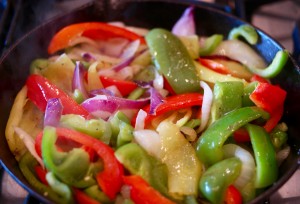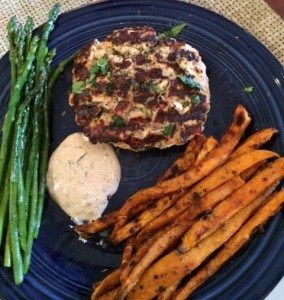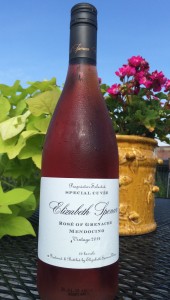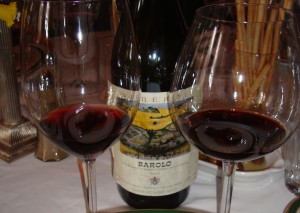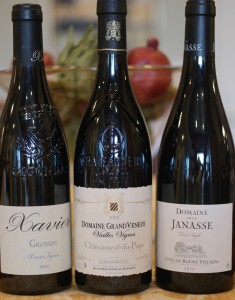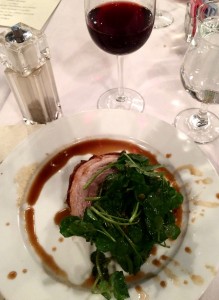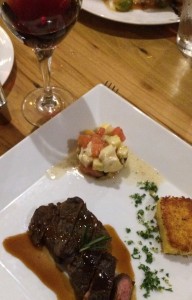WV Wine Spectator Award Restaurants
August 2, 2016 by John BrownIf you’re a regular reader of this column, you know I will never just give you my impression of a wine without mentioning a food that is enhanced by it. Finding a compatible food and wine combination makes the whole dining experience so much more pleasurable. That’s especially important for restaurants.
We all have our favorite eateries around the state and even beyond the borders of this land of “purple mountain majesty.” And I have always maintained that a good meal can be transformed into a great dining experience when a complimenting wine accompanies it.

And with the emphasis on locally grown and produced foods and our early adoption of the farm to table movement, the quality of West Virginia restaurants has improved significantly, and so has their emphasis on providing well thought out and complimentary wine lists.
Therefore, wine lovers and foodies in West Virginia should be proud to know that the annual Wine Spectator restaurant awards were recently announced and 11 Mountain State establishments are among those receiving the prestigious honors.
According to the magazine, “Wine Spectator’s restaurant wine list awards program recognizes restaurants whose wine lists offer interesting selections, are appropriate to the cuisine and appeal to a wide range of wine lovers.”
To qualify for an award, the list must present complete, accurate wine information. It must include vintages and appellations for all selections, including wines by the glass. The three categories of awards are: “Awards of Excellence;” “Best of Awards of Excellence;” and the “Grand Award.”
Only 2414 restaurants across world have received the “Award of Excellence,” including eight restaurants in our state. Three other WV restaurants, the Bavarian Inn in Shepherd Town, the Greenbrier’s Main Dining Room and Spats in the Blennerhasset Hotel in Parkersburg, received “Best of Awards of Excellence.” That’s quite an honor since only 1093 restaurants on earth achieved that distinction.
The state restaurants receiving “Award of Excellence” are: Bridge Road Bistro, Charleston; Provence Market Café, Bridgeport; The Block Restaurant in Charleston; The Final Cut Steakhouse, Charles Town Racetrack; South Hills Market and Café, Charleston; Sargasso, Morgantown; Savannah’s, Huntington; and The Wonder Bar Steakhouse in Bridgeport. Tell your friends and associates about the award winners and encourage them to patronize these restaurants.
While there are 11 Wine Spectator Award winners in the state, I’m confident many other establishments would qualify as recipients if they just took the time to submit their wine lists to the magazine. We have made excellent progress in upgrading the wine lists and the quality and number of excellent restaurants in West Virginia.
Entries for the 2017 Wine Spectator Restaurant Awards will be accepted from Dec. 1, 2016, to Feb. 1, 2017. Those interested in more information on the program can find it at restaurantawards@mshanken.com.


